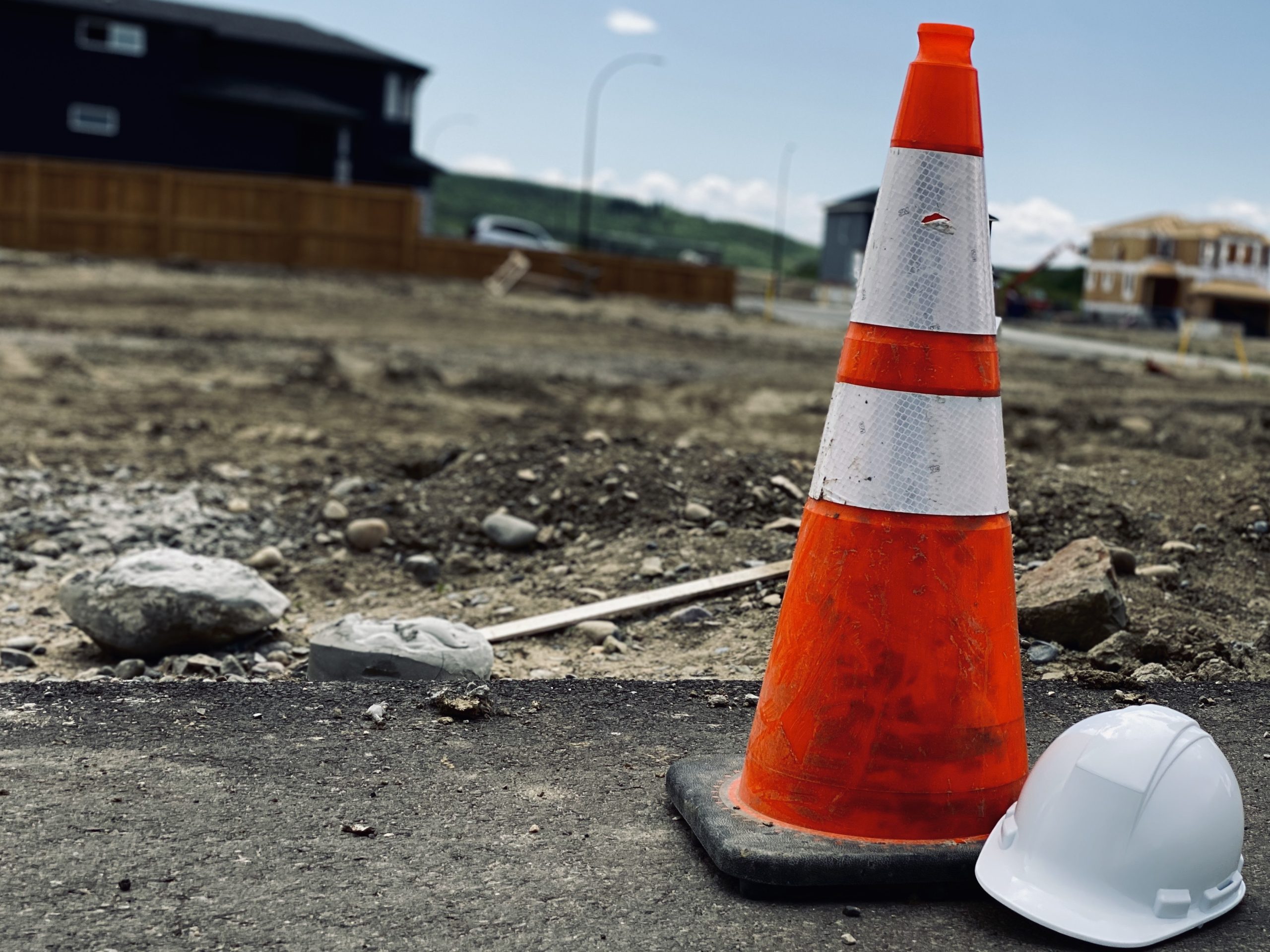Safety training creates a secure and efficient workplace. It reduces workplace injuries, improves productivity and boosts morale. But, how often should safety training be conducted? The following are some tips and recommendations regarding revisiting safety training.
Why do you need to revisit regulations?
Once your employees have received safety training, why is it necessary to revisit safety regulations?
- To adhere to current guidelines: Government regulations and recommendations change periodically. Reviewing safety training allows your company/employees to remain aware of current safety protocols.
- To adjust for changing technology/business practices: When your business upgrades technology and/or changes its practices, you need to reexamine safety rules in light of the changes.
- To reinforce good habits: Even well-established habits can erode over time! Safety habits need to be reinforced, periodically, through education and company culture.
When should you schedule safety training?
Safety training is not a singular event. To protect your employees and reduce accidents, training needs to be a continuous process. You need to revisit safety training:
- On a yearly basis: Large annual training events help build and maintain a safety culture. They allow your company to focus on in-depth safety concepts, normalize safety training, make training part of company culture and remain up-to-date on the most recent regulations and requirements.
- On a monthly basis: Formal monthly safety meetings enable you to focus on relevant and important topics, reinforcing safety protocols.
- On a daily basis: Starting each shift with a short safety briefing allows you to discuss pertinent safety topics. A daily safety message dispatched via radio and/or email keeps all workers up-to-date with concerns. Physical flyers, posters and/or pictures, remind workers of critical safety procedures.
- When certifications expire: Most certifications received through safety training are valid for a determined length of time. When that time has expired, retraining is required.
- After a safety audit: A safety audit provides an abundance of information on possible improvements for your company’s safety procedures. Ensure that employees are updated by performing safety training after an audit, rectifying unsafe practices and/or behaviours and introducing new procedures.
- After a near miss or accident: A near miss and/or an accident indicates you have a breach in your safety system, demonstrating a need for retraining.
A well-developed safety program makes employees feel valued, increasing morale and improving retention. It helps establish a hazard-free and safe working environment. Initial training and orientation of new hires is crucial. Daily reminders, monthly meetings and annual safety events help ensure employees remain informed and practice safe procedures. Make safety training a regular part of your company’s practices.
Does your company need help with safety training? Looking for professional safety consultants that are passionate and knowledgeable? Want a safety consultant that responds in a timely manner and provides teaching at every opportunity? Seeking customer service that exceeds your expectations? Get in touch with 1st Quality Safety Consulting. We provide safety programs, monthly consulting packages, digital safety management software and online and in-person courses.







